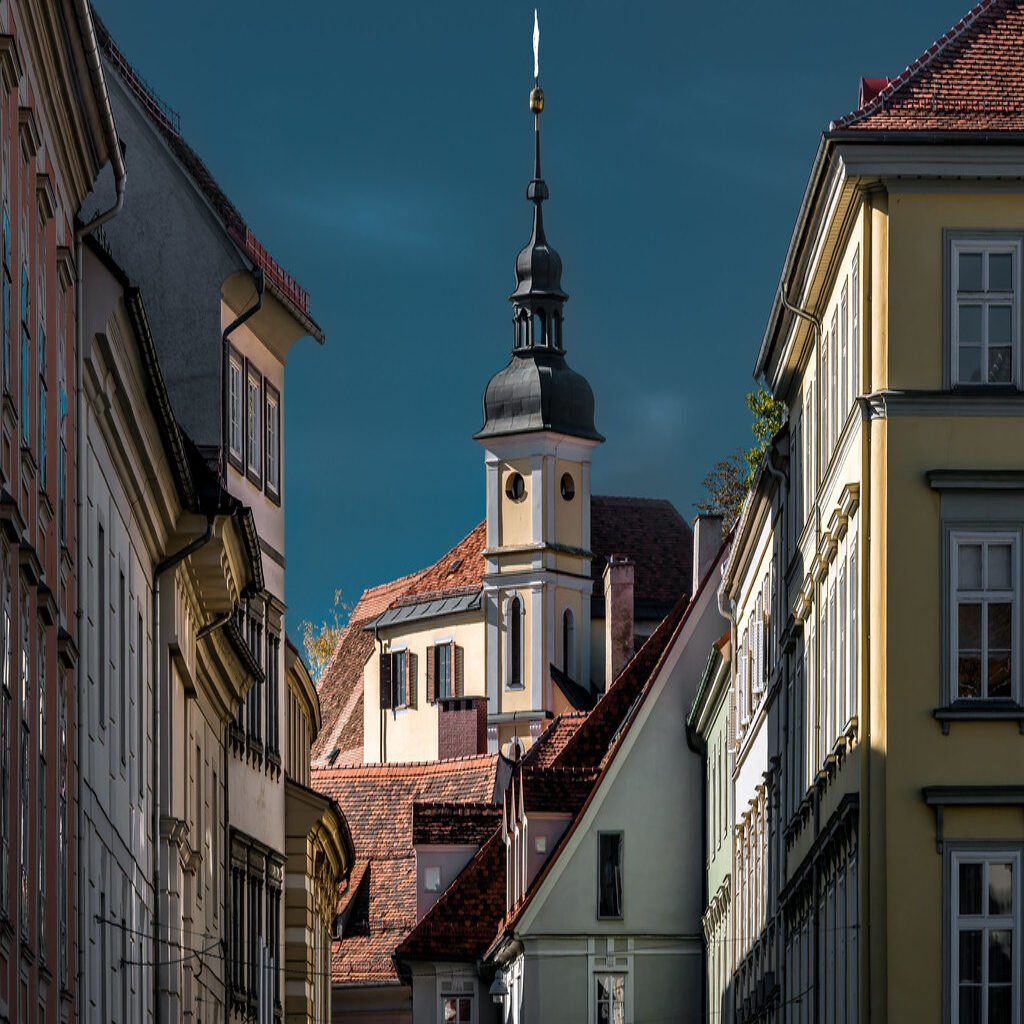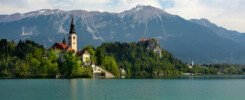
In 1994, I embarked on a memorable journey to Graz, Austria, capturing the essence of this charming city on video. Graz, with its blend of historic architecture and vibrant culture, left an indelible mark on my heart. Join me as I recount my 1994 tour and compare it to what a modern-day trip to Graz might look like, including recommendations on popular sites, accommodations, and eateries.
Exploring Graz in 1994
1. Schlossberg and the Clock Tower My tour began with a visit to Schlossberg, the hill that dominates the city skyline. Climbing up to the Uhrturm (Clock Tower) offered stunning panoramic views of Graz. The tower, a symbol of the city, stood as a silent witness to centuries of history.
2. Graz Cathedral Next, I explored the majestic Graz Cathedral. This Gothic structure, with its intricate carvings and serene atmosphere, provided a glimpse into the city’s spiritual heritage. The 1994 experience was tranquil, with fewer tourists and a more intimate connection to the history.
3. Hauptplatz (Main Square) Hauptplatz was a bustling hub of activity, lined with beautiful Renaissance buildings. The square was alive with local vendors and street performers, encapsulating the lively spirit of Graz.
4. Landhaus and Armoury I marveled at the Landhaus, with its stunning Renaissance architecture. The nearby Styrian Armoury, with its extensive collection of medieval weapons, was a fascinating dive into the region’s martial history.
Graz Today: A Modern-Day Traveler’s Guide
1. Schlossberg and the Clock Tower Today, Schlossberg remains a must-visit. The funicular railway now offers a convenient ride to the top, and the Uhrturm continues to enchant visitors. The modern-day experience includes well-maintained walking paths and cafes where you can enjoy the view.
2. Graz Cathedral The cathedral still captivates with its Gothic beauty. Modern visitors can enjoy guided tours that delve into its history and architecture, providing a richer understanding of this landmark.
3. Hauptplatz (Main Square) Hauptplatz is more vibrant than ever, with numerous cafes and restaurants offering outdoor seating. The square hosts regular events and markets, making it a lively spot for tourists to mingle with locals.
4. Landhaus and Armoury The Landhaus remains a testament to Renaissance grandeur, while the Styrian Armoury has enhanced its exhibits with interactive displays and multimedia presentations, making the history more accessible to visitors of all ages.
Accommodations in Graz
1994: Quaint Guesthouses In 1994, I stayed in a quaint guesthouse that offered a cozy and authentic Austrian experience. These family-run establishments were charming and affordable.
Today: Modern Comfort and Historic Charm Today, Graz boasts a variety of accommodations ranging from luxury hotels like the Grand Hôtel Wiesler, which combines historic charm with modern amenities, to budget-friendly options such as the A&O Graz Hauptbahnhof, perfect for backpackers and families.
Eateries in Graz
1994: Traditional Austrian Cuisine Dining in 1994 meant savoring traditional Austrian dishes at local taverns. I enjoyed hearty meals like Wiener Schnitzel and Apfelstrudel, experiencing the rich flavors of Styrian cuisine.
Today: A Culinary Haven Graz’s culinary scene has evolved, offering a mix of traditional and contemporary dining options. For a taste of history, visit Glöckl Bräu, a traditional beer garden serving classic dishes. For modern gastronomy, try Aiola Upstairs, which offers innovative cuisine with a view of the city.
Conclusion
Reflecting on my 1994 trip to Graz and comparing it to today highlights the timeless allure of this Austrian city. While modern amenities and a vibrant culinary scene have enhanced the travel experience, the historic charm and cultural richness of Graz remain as captivating as ever. Whether you’re reliving nostalgic memories or planning a new adventure, Graz promises a journey filled with beauty, history, and unforgettable moments.

